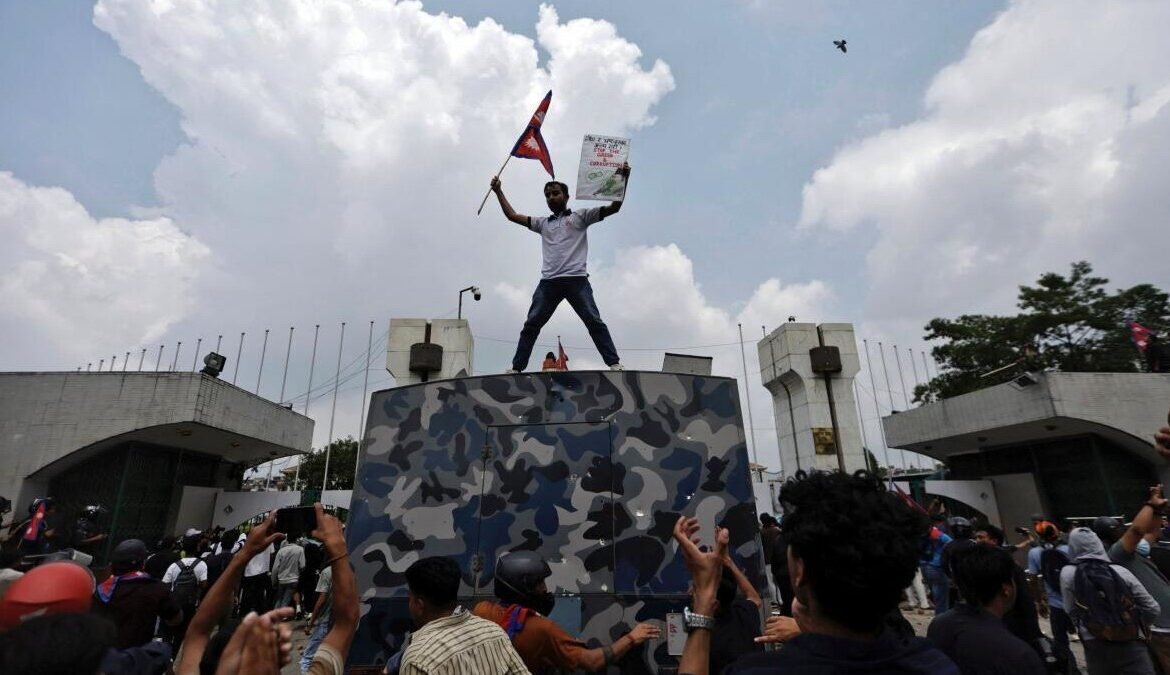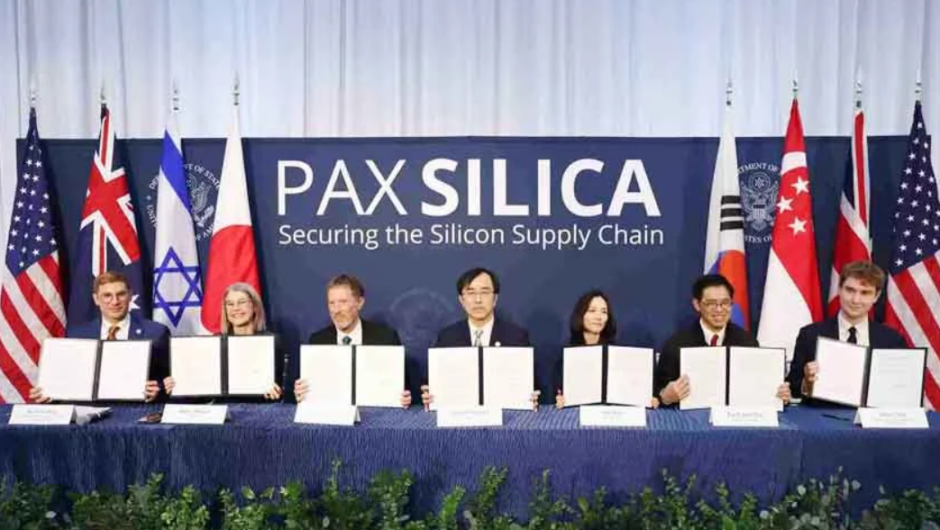Nepal is facing one of its most turbulent moments in recent years as violent protests spread across Kathmandu and other major cities following the government’s decision to block access to 26 social media platforms, including Facebook, YouTube, Instagram, and X. The decision, justified by authorities as a response to platforms’ failure to comply with new registration laws, has sparked outrage among the youth and escalated into deadly unrest.
Government Justifies the Ban Amid Legal Disputes
According to officials, the blocked platforms had failed to register locally under recently introduced laws designed to regulate online content and ensure accountability. The government argued that these regulations were necessary to combat misinformation, hate speech, and online fraud.
However, critics argue that the sweeping restrictions amount to digital censorship, undermining freedom of expression and isolating citizens from global communication channels. The ban has been widely viewed as an overreach, particularly given the growing reliance on digital spaces for education, business, and activism.
Gen-Z at the Forefront of Protests
The protests have been led primarily by young demonstrators, particularly Gen-Z, who see the move as a direct attack on their rights and lifestyle. Social media has become central to their social, professional, and political lives, making the ban deeply personal.
Demonstrations began peacefully but quickly escalated as crowds surged into restricted zones near the Parliament in Kathmandu. Protesters carried placards, chanted slogans demanding digital freedom, and accused the government of trying to silence dissent under the guise of regulation.
Police Crackdown Turns Deadly
The situation spiraled out of control when protesters attempted to breach security barricades. In response, police used tear gas, rubber bullets, and water cannons to disperse the crowds. The clashes left at least 16 people dead and more than 100 injured, according to local reports. Hospitals across Kathmandu reported an influx of casualties as the scale of violence grew.
Authorities imposed curfews in multiple districts and deployed the army to restore order. The military presence marks a serious escalation, underscoring the gravity of the crisis and the government’s determination to contain the unrest.
Mounting Pressure on Authorities
International observers and human rights groups have expressed alarm at the high death toll and the government’s restrictive approach. Domestically, opposition parties and civil society groups are calling for immediate dialogue and the lifting of the ban.
Amid mounting pressure, officials have hinted at reconsidering the ban, acknowledging the public backlash and the damage caused by prolonged disruptions. However, no formal decision has yet been announced, leaving uncertainty about whether the restrictions will be lifted or restructured.
Freedom of Expression at the Center of the Debate
At the heart of the conflict lies the question of freedom of expression in Nepal. The social media ban is seen by many as an attack on democratic values, igniting widespread anger and mobilizing thousands across the nation. For Nepal’s youth, the protests are not just about access to platforms but about asserting their right to participate fully in the modern digital world.





